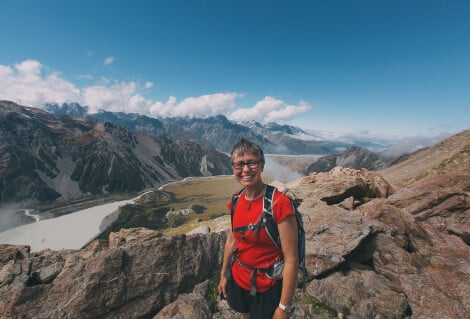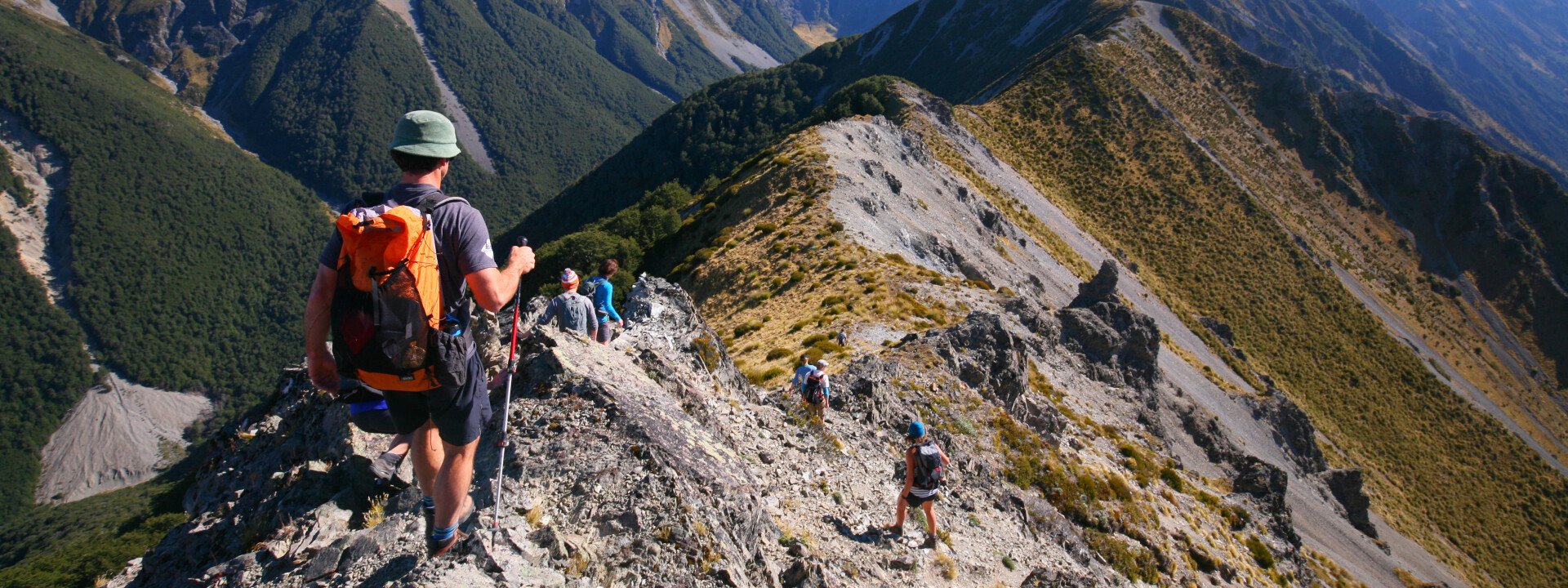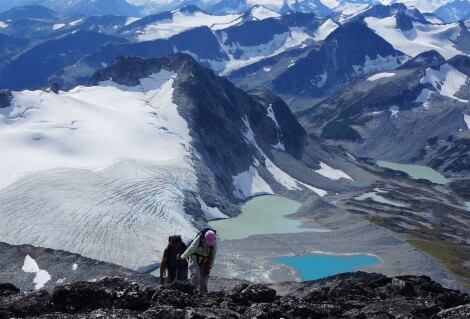 7 Days
7 Days
British Columbia Mountain Adventure
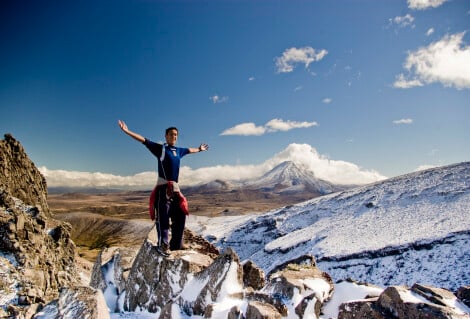 3 Days
3 Days
New Zealand Great Walks
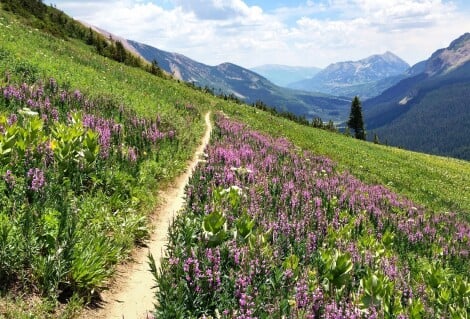 10 Days
10 Days
Rocky Mountain High
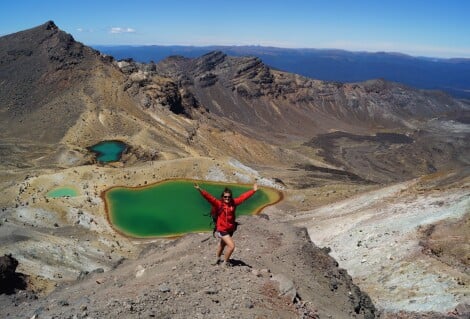
Women's Adventures New Zealand
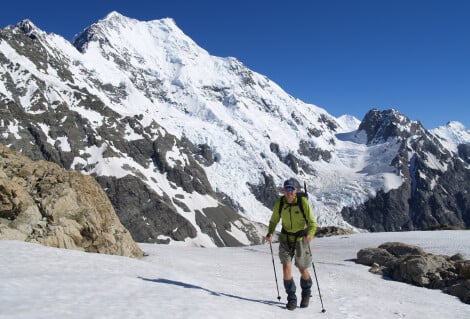
Alpine Hikes New Zealand
Mongolia Horse Trekking
Peru Classic Adventure
Peru Family Tour
This trip is especially…
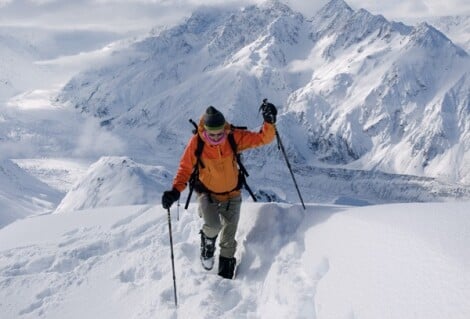 7 Days
7 Days
South Island Winter Discovery
Winter Ice Climbing
